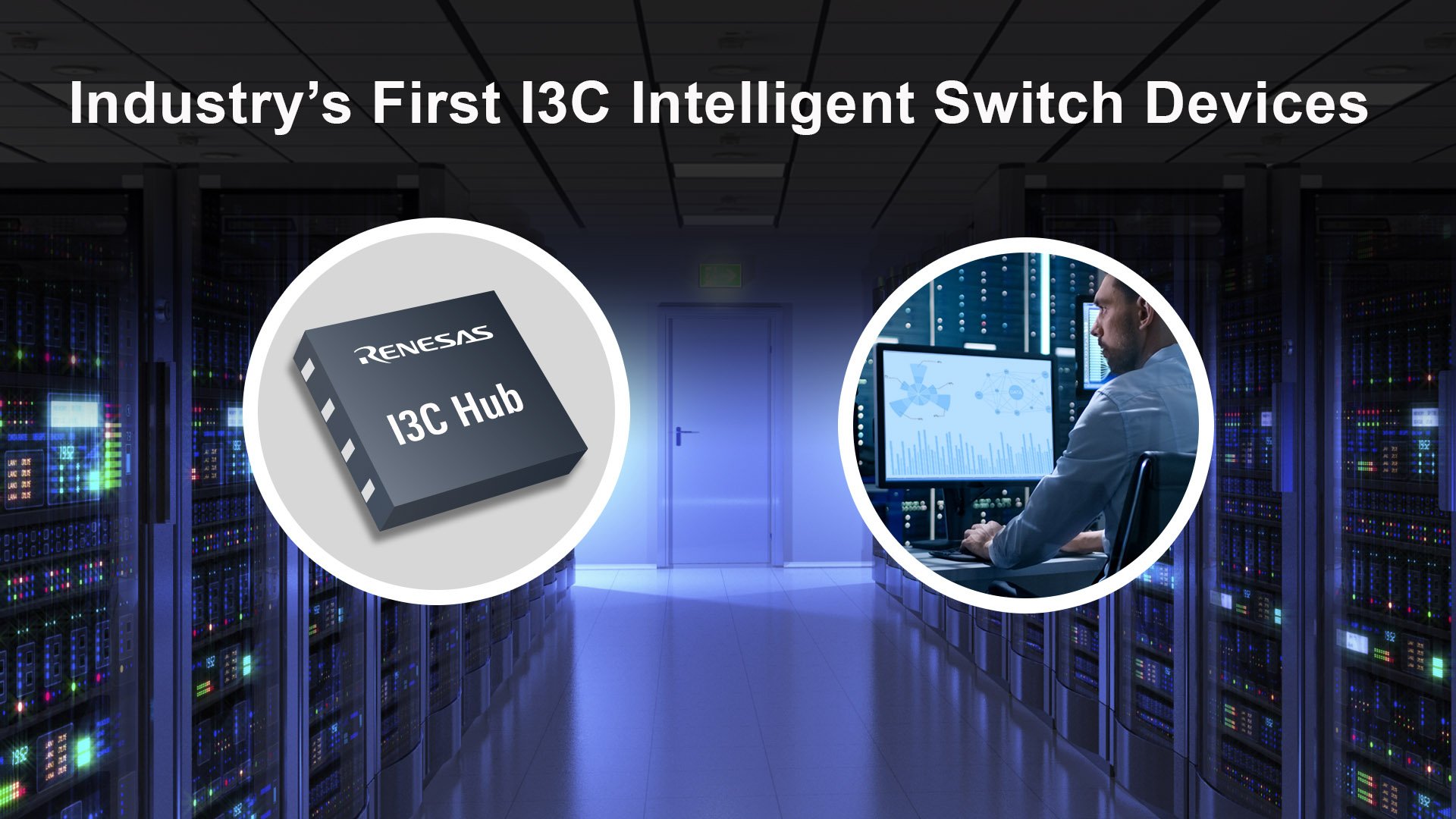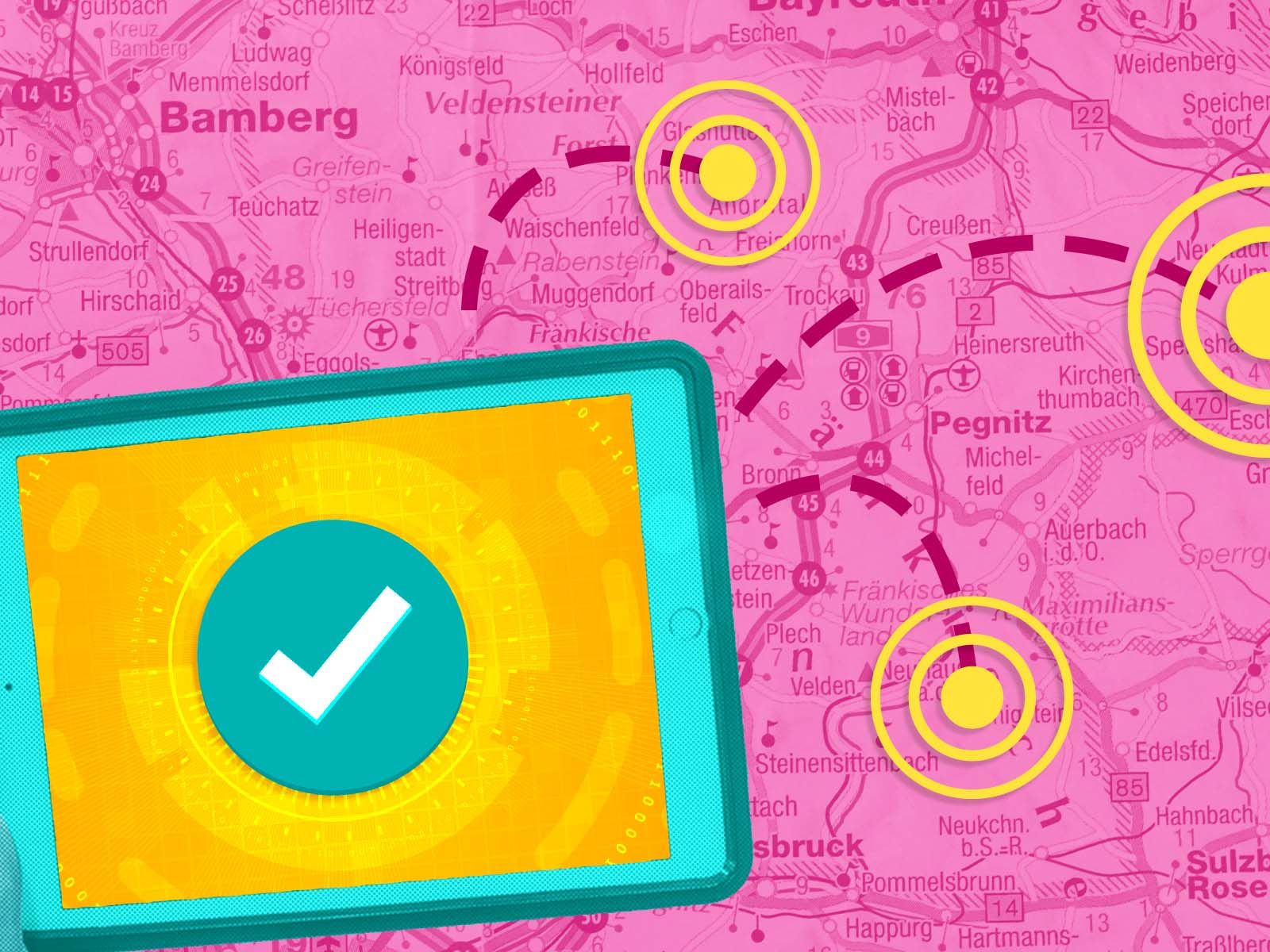Unlock Remote IoT Device Management: Guide, Examples & More!
Are you ready to unleash the untapped potential of your IoT infrastructure? The exponential growth of the Internet of Things (IoT) demands a revolutionary approach, and remote IoT device management is not just a luxuryit's the unquestionable keystone for businesses poised to dominate the digital frontier. In a world teeming with interconnected smart devices scattered across continents, the ability to monitor, maintain, and optimize their performance from a single command center is no longer a futuristic fantasy; it's the present-day reality.
But what does remote IoT device management truly entail? Simply put, it's the sophisticated orchestration of monitoring, updating, and maintaining your IoT devices from a unified, centralized hub. Whether you're dealing with a network of smart home appliances, a web of industrial sensors, or a fleet of wearable tech, remote management empowers you to maintain absolute control without breaking a sweat. This game-changing concept has revolutionized how forward-thinking businesses manage their tech infrastructure, driving unparalleled efficiency and substantial cost savings.
| Field | Description |
|---|---|
| Definition | Remote IoT device management is the process of remotely monitoring, managing, and maintaining devices connected to the Internet of Things (IoT). |
| Key Functions | Device provisioning, firmware updates, security management, data collection, and analysis. |
| Benefits | Improved efficiency, enhanced security, reduced operational costs, scalability, and increased device reliability. |
| Challenges | Security vulnerabilities, interoperability issues, and scalability limitations. |
| Solutions | Multi-layered security, open standards, middleware solutions, and cloud-based management platforms. |
| Real-world Applications | Smart agriculture, smart cities, healthcare, manufacturing, and logistics. |
| Future Trends | AI and machine learning integration, 5G network enhancements, and edge computing advancements. |
| Reference | Gartner IoT Definition |
Think of remote IoT device management as conducting a symphony, but instead of musicians, you're masterfully directing a network of interconnected devices. These devices could be anything from precision temperature sensors in a sprawling warehouse to intricately programmed smart lighting systems in a vast commercial complex. The ultimate objective is to ensure that every single device functions flawlessly, without requiring a technician to physically inspect each one.
- Fry99com Your Guide To Online Gaming Entertainment 2024
- Ullu Web Series 2025 Whats New Trending On The App
This advanced form of management encompasses several fundamental components. First, there's device provisioning, the meticulous process of configuring new devices and seamlessly integrating them into the existing network. Then comes firmware updates, the vital task of keeping all devices running on the latest, most secure software versions. Security management is absolutely paramount, safeguarding every device against potential cyber threats with relentless vigilance. And finally, there's data collection and analysis, transforming raw data into actionable insights that empower businesses to make informed, strategic decisions.
Why is this all so crucial? As the sheer number of connected devices explodes, manually managing them becomes not just inefficient, but utterly impossible. Remote IoT device management provides a scalable, streamlined solution, enabling businesses to efficiently manage vast networks of devices with unparalleled ease. Furthermore, it minimizes downtime and slashes maintenance costs, making it an undeniable win-win for any organization seeking to harness the transformative power of IoT technology.
In today's relentlessly competitive environment, efficiency reigns supreme. This is precisely where remote IoT device management truly excels. By empowering businesses to remotely monitor and manage their IoT devices from any location, it dramatically reduces the time and resources required for maintenance. Consider, for instance, a sprawling manufacturing facility equipped with hundreds of sensors meticulously monitoring every aspect of the production lines. Without remote management, a dedicated team would be required to physically inspect each sensor for potential issues a process that is both incredibly time-consuming and prohibitively expensive.
- Bollyflix Vip Your Gateway To Bollywood More Guide
- Ms Sethi The Untold Story Onlyfans Success Secrets
But the advantages extend far beyond mere time and cost savings. Remote IoT device management delivers enhanced security, a critical imperative in today's digital landscape. With the relentless surge in cyber threats, guaranteeing the security of every device is more crucial than ever. By remotely managing these devices, businesses can swiftly deploy critical security patches and updates, significantly mitigating the risk of crippling breaches. Moreover, real-time monitoring enables immediate responses to any suspicious activity, providing an unparalleled level of protection.
Scalability represents another crucial advantage. As businesses expand, their IoT infrastructure inevitably grows along with them. Remote management simplifies the process of adding new devices to the network without disrupting existing operations. This inherent flexibility is essential for companies seeking to expand their IoT capabilities without compromising on optimal performance.
- Improved efficiency in device management
- Enhanced security through real-time updates and monitoring
- Reduced operational costs
- Scalability to accommodate growing IoT networks
- Increased reliability and uptime of devices
Discussing remote IoT device management is one thing; witnessing its transformative impact firsthand is quite another. Let's examine several real-world examples that vividly demonstrate the immense power and versatility of this groundbreaking technology.
In the agricultural sector, remote IoT device management is revolutionizing how farmers monitor and manage their precious crops. Sensors strategically deployed in fields provide real-time data on critical factors such as soil moisture, temperature, and nutrient levels. With remote management, farmers can precisely adjust irrigation systems and fertilization schedules without the need for costly and time-consuming physical inspections. This not only enhances crop yield but also minimizes water and fertilizer waste, contributing to a more sustainable and profitable operation.
Smart cities serve as another compelling example of remote IoT device management in action. From sophisticated traffic management systems to energy-efficient street lighting, IoT devices are utilized to optimize every aspect of urban infrastructure. For example, smart traffic lights can be remotely monitored and adjusted to alleviate congestion during peak hours, improving traffic flow and reducing commute times. Similarly, streetlights can be programmed to automatically dim during off-peak hours, conserving energy and reducing operational costs.
In the healthcare industry, remote IoT device management is transforming patient care in profound ways. Wearable devices, such as advanced fitness trackers and sophisticated medical monitors, can be remotely managed, empowering healthcare providers to monitor patients' health in real-time. This is particularly valuable for managing chronic diseases, where early detection of potential issues can lead to more effective interventions and improved patient outcomes.
While remote IoT device management offers a wealth of undeniable benefits, it's important to acknowledge the challenges it presents. Security is paramount. The sheer volume of devices connected to the internet significantly increases the risk of cyberattacks. Ensuring the security of every device demands unwavering vigilance and consistently updated security measures, which can be a complex and demanding undertaking.
Interoperability is another significant hurdle. IoT devices often originate from different manufacturers, each with their own unique protocols and standards. Managing such a diverse ecosystem can be incredibly complex, requiring businesses to invest in robust management platforms that are capable of handling this inherent diversity.
Finally, scalability presents a challenge as the number of devices expands, so does the complexity of managing them. Businesses must ensure that their management systems can effectively handle this growth without sacrificing performance. This often requires substantial investments in infrastructure and advanced technology.
Fortunately, effective solutions exist to address these challenges head-on. To enhance security, businesses can implement a multi-layered approach, combining robust encryption, rigorous authentication protocols, and consistent security updates. This ensures that even if one layer is breached, the others provide robust protection.
Interoperability issues can be mitigated by adopting open standards and protocols. By selecting devices and platforms that adhere to these industry standards, businesses can create a more cohesive and easily manageable IoT ecosystem. Furthermore, investing in sophisticated middleware solutions can bridge the gaps between disparate systems, facilitating unified management.
For scalability, cloud-based management platforms offer a flexible and cost-effective solution. These platforms are designed to handle a vast number of devices and can be easily scaled up or down to meet changing needs. Moreover, they provide businesses with the comprehensive tools and actionable insights they need to effectively manage their entire IoT infrastructure.
To fully realize the potential of remote IoT device management, businesses must adhere to certain best practices. Here are several key guidelines to get you started:
- Start with a clear strategy: Define your specific goals and objectives for IoT deployment and management.
- Choose the right platform: Select a management platform that aligns with your unique needs and can scale seamlessly with your business.
- Focus on security: Implement stringent security measures from the outset and keep them rigorously updated.
- Monitor and analyze data: Leverage data analytics to gain valuable insights into device performance and make informed decisions.
- Regular maintenance: Schedule regular updates and proactive maintenance to ensure all devices are functioning optimally.
The future of remote IoT device management is exceptionally promising. Advancements in artificial intelligence (AI) and machine learning (ML) are paving the way for even more intelligent and autonomous systems. These cutting-edge technologies can predict potential issues before they escalate, enabling proactive management rather than reactive firefighting.
Furthermore, the proliferation of 5G networks will significantly enhance the capabilities of IoT devices, enabling faster data transfer and more reliable connections. This will elevate the efficiency and effectiveness of remote management, unlocking new opportunities for businesses across all industries.
Edge computing is another transformative trend to watch closely. By processing data closer to its source, businesses can dramatically reduce latency and improve response times. This is particularly beneficial for applications that demand real-time decision-making, such as autonomous vehicles and sophisticated industrial automation systems.
- Bollyflix Ninja Your Guide To Streaming Bollywood Movies Now
- Bollyflix Vip Your Gateway To Bollywood More Guide

Remote IoT Device Management Everything You Need to Know

Device Management Platform IoT Examples Best Solutions 2024

Your Guide to Remote IoT Device Management IoT For All